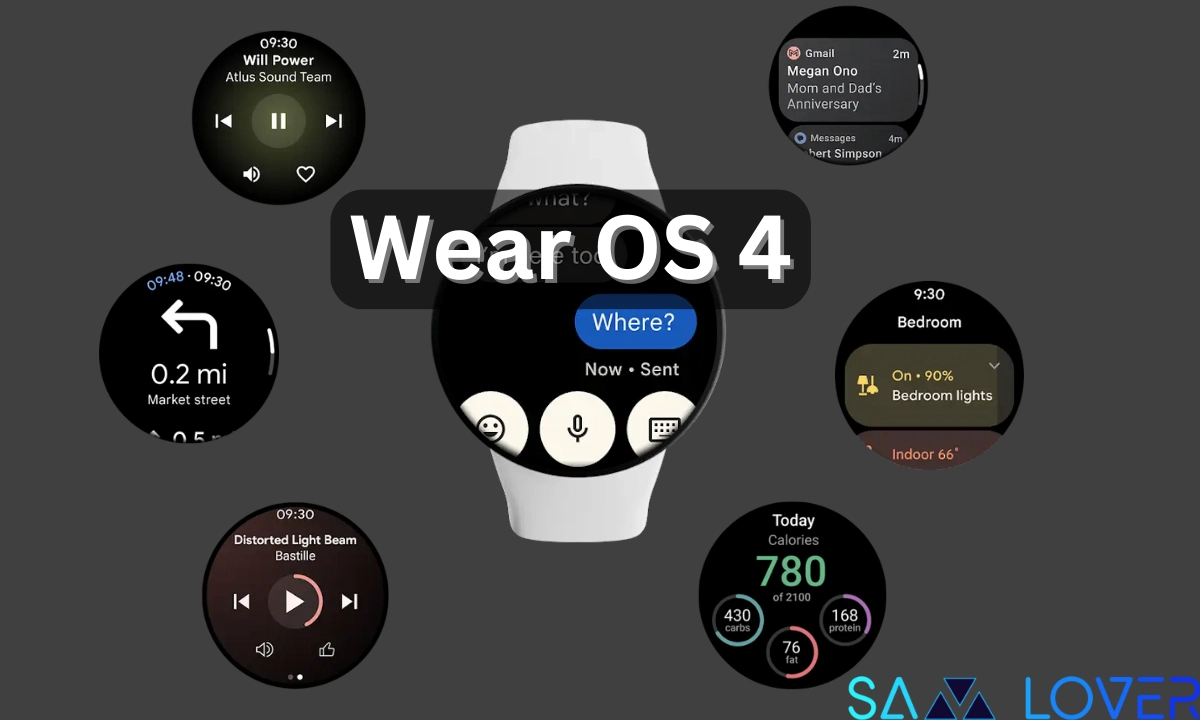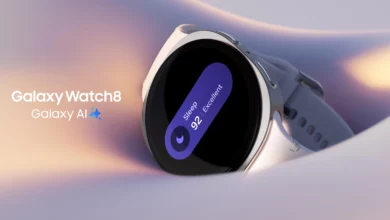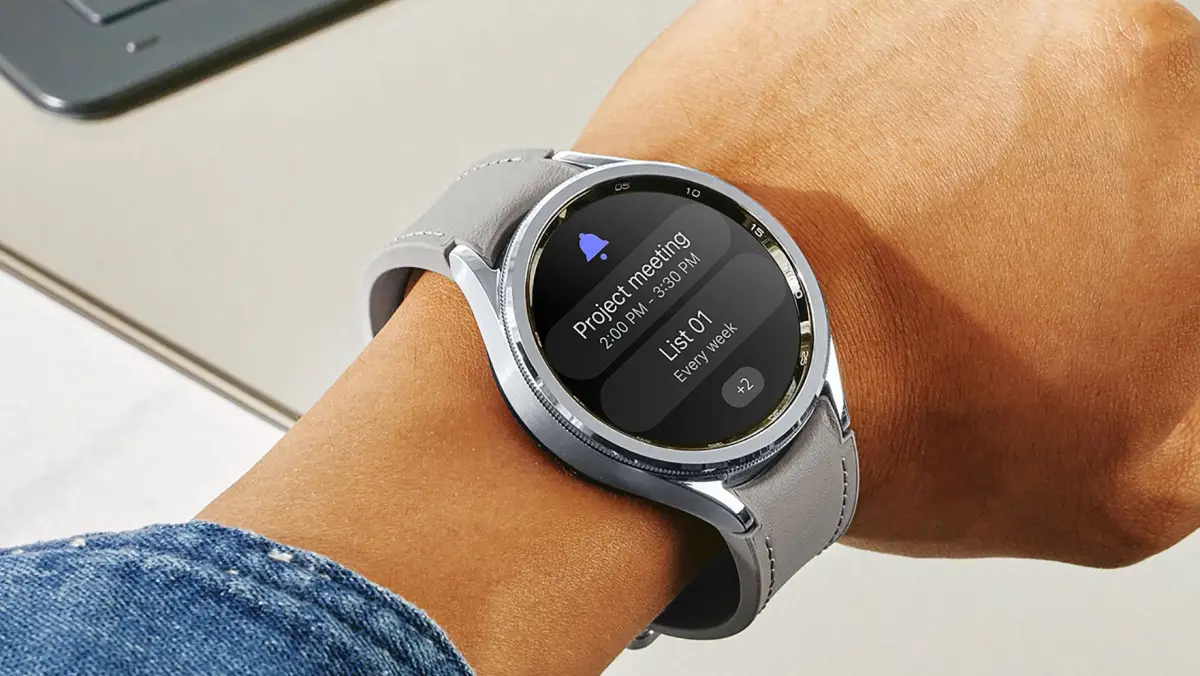Wear OS 4: A New Operating System for Samsung Galaxy Watches

The most recent version of Google’s smartwatch operating system, Wear OS 4, runs on Android devices. It is the successor to Wear OS 3, a groundbreaking Samsung-Google partnership that debuted in 2021 and completely changed the Wear OS platform and Wear OS 3.5, which is presently available on a few top-tier Wear OS devices. Your app must support the system behavior modifications that came into effect in Android 12 and 13 since Wear OS 4 is based on Android 13, which is many releases older than the current Wear OS version. The most recent version of Wear OS brings a number of enhancements and a few practical new capabilities.
Wear OS 4 brings several new features & improvements
The Galaxy Watch 6 series, which was unveiled on July 26, brought this Wear OS 4 operating system’s debut. On August 11, the Watch 6 series will be the first timepiece to run One UI 5 Watch based on Wear OS 4, which will come into effect. The firm brings cutting-edge capabilities to its Galaxy Watches, but other Android watches will continue to use Wear OS 3 for a while. Backup and restore features are the most notable features that are offered. Following this, other features, such as Gmail or Google Calendar, will be included.
One UI 5 Watch (WearOS 4) Update Schedule Is Here For Galaxy Watch 4 and Watch 5
Better integration of smart device controls and alerts, as well as other features, is another feature of Wear OS 4. A WhatsApp app was also added to the platform earlier, rolling out to Wear OS 3. Even WhatsApp calls may be accepted from the user’s mobile device using this software. Among the platform’s apps, well-known ones like Spotify and Peloton have released updates. Samsung’s One UI 5 Watch, which builds on Wear OS 4, has additional capabilities, including SOS and fall detection, customized heart rate zones, and enhanced sleep monitoring.
Older Galaxy Watches will also get these capabilities in addition to the Galaxy Watch 6; as of early August, Samsung is on the fifth One UI 5 Watch beta, which is very close to being stable. The Google Pixel Watch 2 is expected to launch in October and may debut with Wear OS 4.



